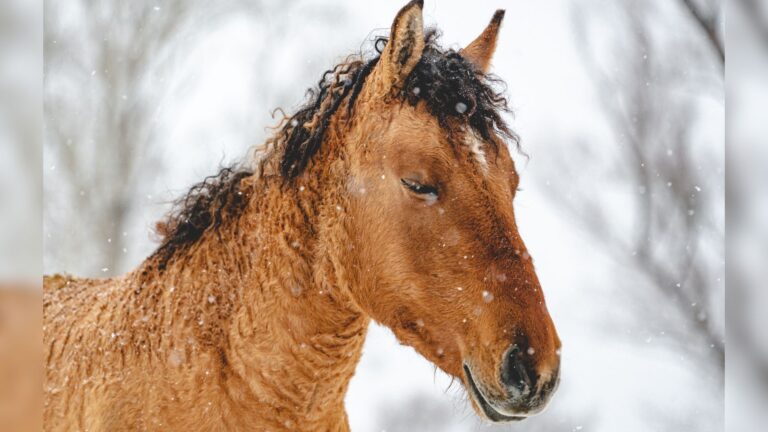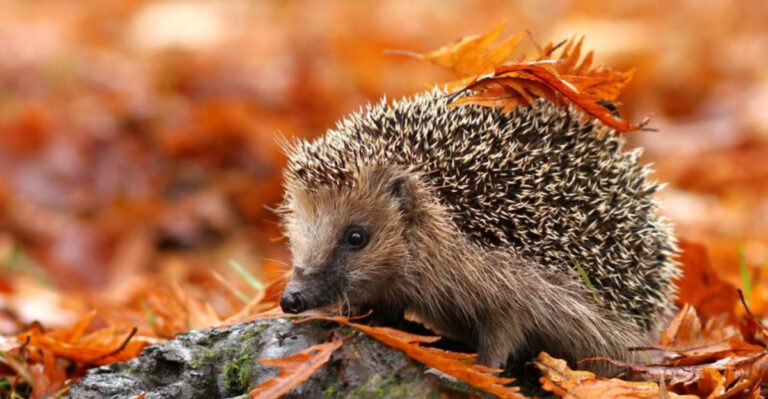10 Fascinating Mammals That Are Gone Forever (And 5 Endangered Species We Must Protect Now)
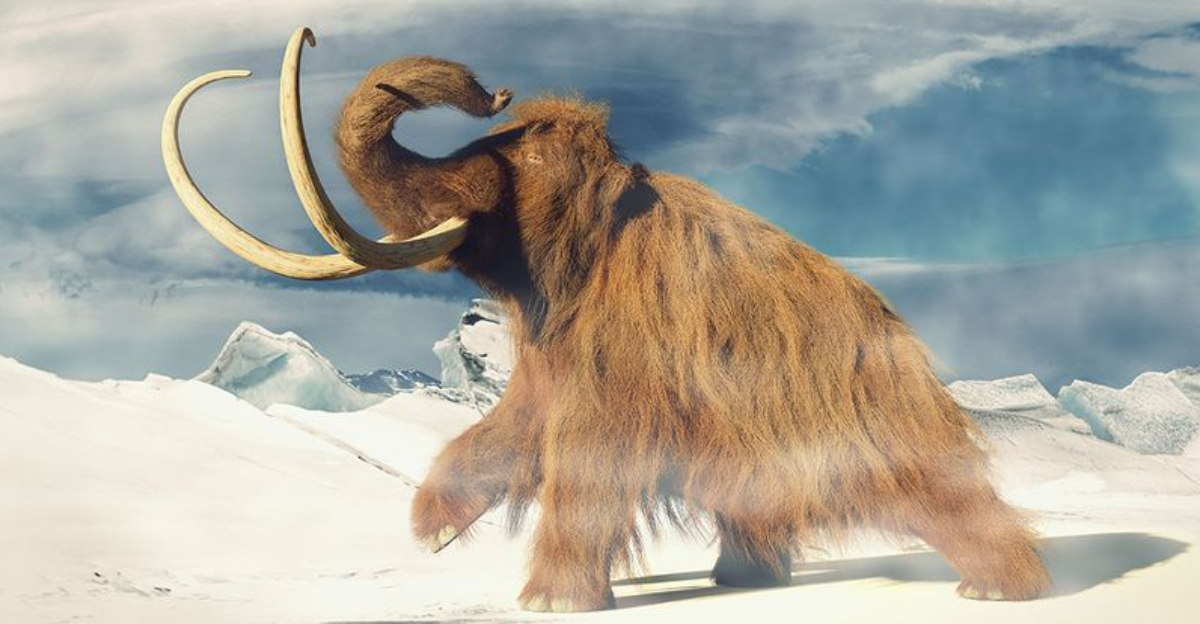
Our planet once teemed with incredible mammals that no longer exist. From massive prehistoric beasts to species that vanished during our lifetime, these lost creatures remind us how fragile life can be.
As we explore these extinct animals, we also face an urgent reality – several remarkable mammals are teetering on the brink of disappearance today.
Learning about what we’ve already lost might help us save what remains.
1. Tasmanian Tiger
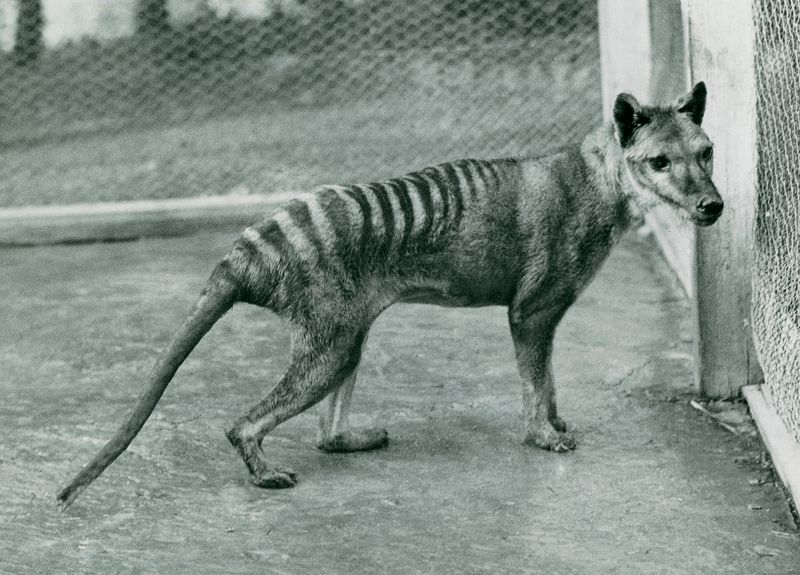
The last Tasmanian tiger died in Hobart Zoo in 1936, marking the end of these remarkable marsupials. With their distinctive tiger-like stripes and pouch (even in males!), these carnivores could open their jaws to an incredible 120-degree angle – wider than any other mammal.
Humans hunted them to extinction, believing they threatened livestock. In reality, they primarily hunted smaller animals in the forests of Tasmania.
Grainy black-and-white footage of the last known specimen, named Benjamin, offers a haunting glimpse of what we lost. Scientists have recently attempted to resurrect the species using DNA technology, though success remains uncertain.
2. Woolly Mammoth
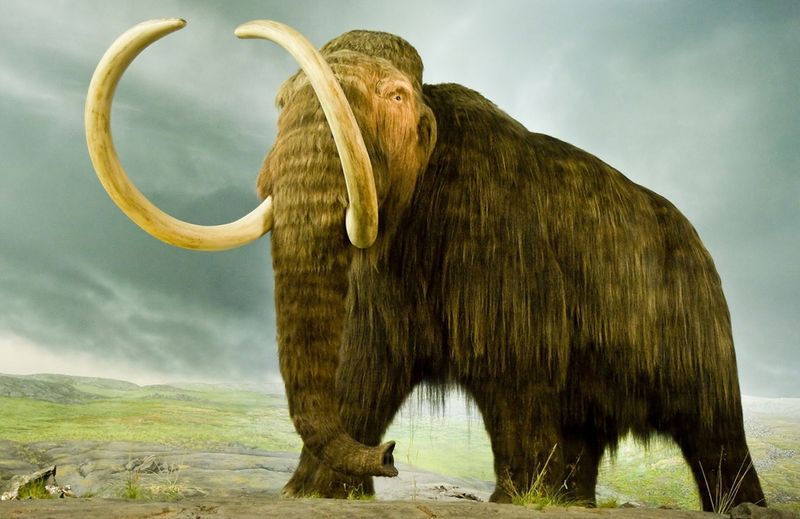
Standing 13 feet tall with magnificent curved tusks reaching 15 feet long, woolly mammoths dominated the Ice Age landscape until about 4,000 years ago. Their thick, shaggy coats protected them from brutal cold, while a special fat layer provided extra insulation.
Remarkably well-preserved specimens have been found frozen in Siberian permafrost, some with stomach contents still intact! Scientists discovered they ate grasses, flowers, and even tree branches.
Climate change and human hunting likely caused their extinction. Modern elephants are their closest living relatives, sharing 99.6% of their DNA – making mammoth de-extinction a real possibility someday.
3. Steller’s Sea Cow
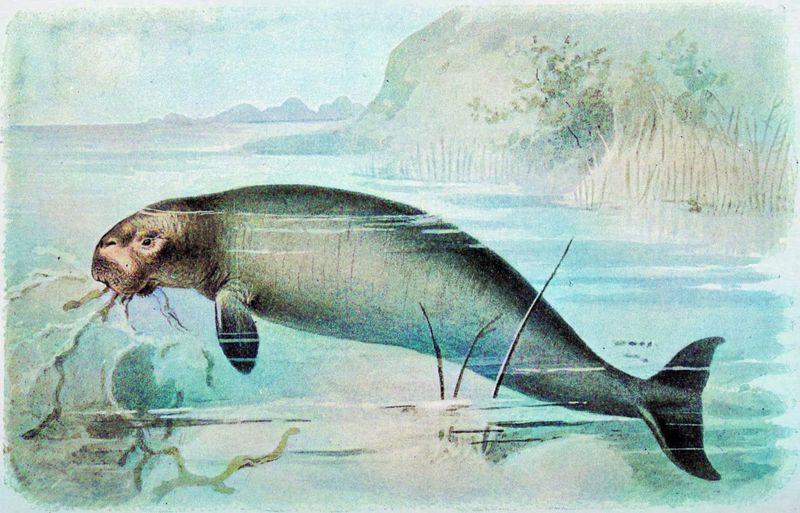
Imagine a manatee the size of a bus! Steller’s sea cow reached lengths of 30 feet and weighed up to 10 tons. These gentle giants were discovered in 1741 in the Bering Sea, and just 27 years later, they were completely extinct.
Russian fur hunters slaughtered them for their meat, fat, and hide. The sea cows were particularly vulnerable because they moved slowly, floated at the surface, and showed no fear of humans.
Unlike modern manatees, they couldn’t submerge completely and lived in family groups. Their only food was kelp, which they chewed with special horny plates instead of teeth – making them the ocean’s peaceful lawnmowers.
4. Quagga
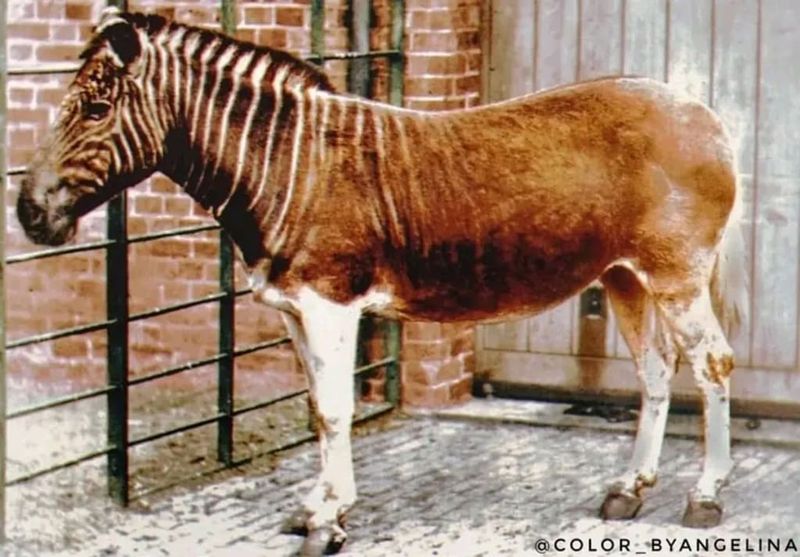
Looking like a zebra that ran out of stripes halfway, the quagga puzzled scientists for centuries. This South African animal had zebra stripes on its head and neck that gradually faded to solid brown on its hindquarters and legs.
Dutch settlers hunted quaggas for their meat and hides, while farmers eliminated them to make room for livestock. The last wild quagga was shot in the late 1870s, and the final captive specimen died at Amsterdam Zoo in 1883.
For years, scientists debated whether quaggas were a separate species or a zebra subspecies. DNA studies finally confirmed they were simply a variety of plains zebra – making them the only extinct animal scientists have attempted to breed back into existence.
5. Caribbean Monk Seal
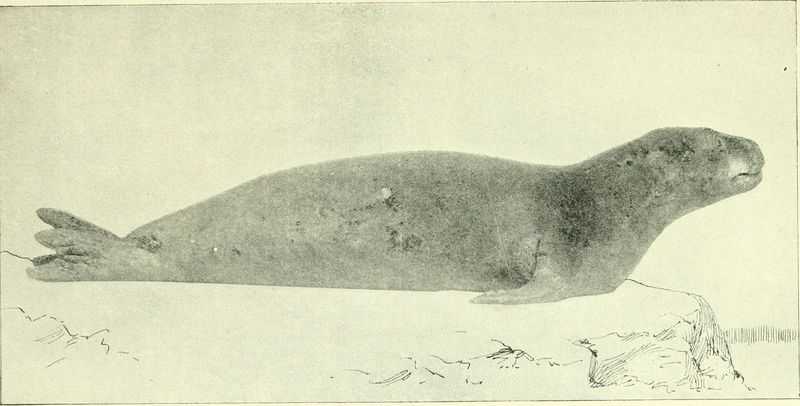
Christopher Columbus called them “sea wolves” when he spotted these curious seals during his 1494 voyage. Caribbean monk seals were the only seal native to the Caribbean Sea and Gulf of Mexico, with a population once numbering in the hundreds of thousands.
Their friendly, curious nature proved fatal. Sailors killed them for oil, meat, and blubber, finding them easy targets as they showed little fear of humans and often approached boats.
The last confirmed sighting came in 1952 at Serranilla Bank between Jamaica and Nicaragua. In 2008, after five years without a single sighting despite extensive searching, scientists officially declared them extinct – the only seal species humans have driven to extinction in modern times.
6. Pyrenean Ibex
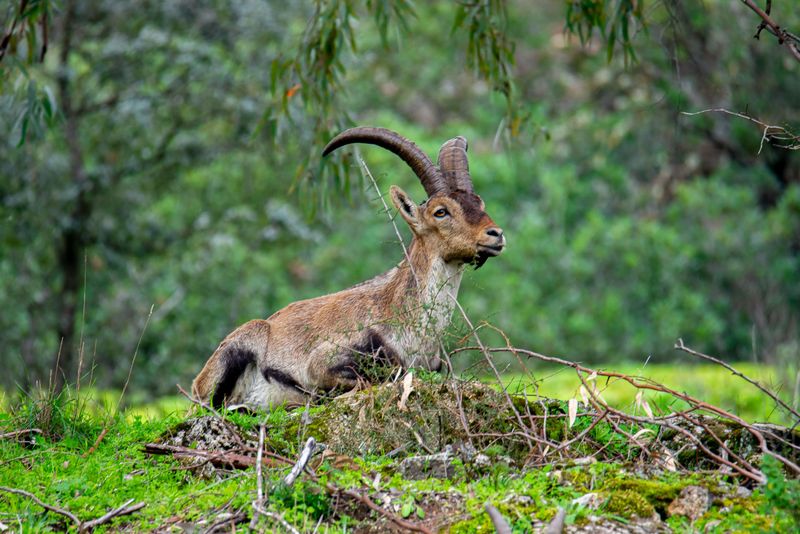
The Pyrenean ibex holds a bizarre distinction – it’s the only species to go extinct twice! These magnificent mountain goats with their sweeping curved horns once roamed the Pyrenees Mountains between France and Spain.
Hunting and competition from livestock gradually reduced their numbers until just one remained – a female nicknamed Celia. When she was found dead in 2000, crushed by a fallen tree, the species was declared extinct.
In a groundbreaking experiment, scientists used preserved cells to clone Celia in 2003. The clone survived only seven minutes due to lung defects, making the Pyrenean ibex extinct for a second time. Their story highlights both the permanence of extinction and the ethical questions surrounding de-extinction efforts.
7. Baiji River Dolphin
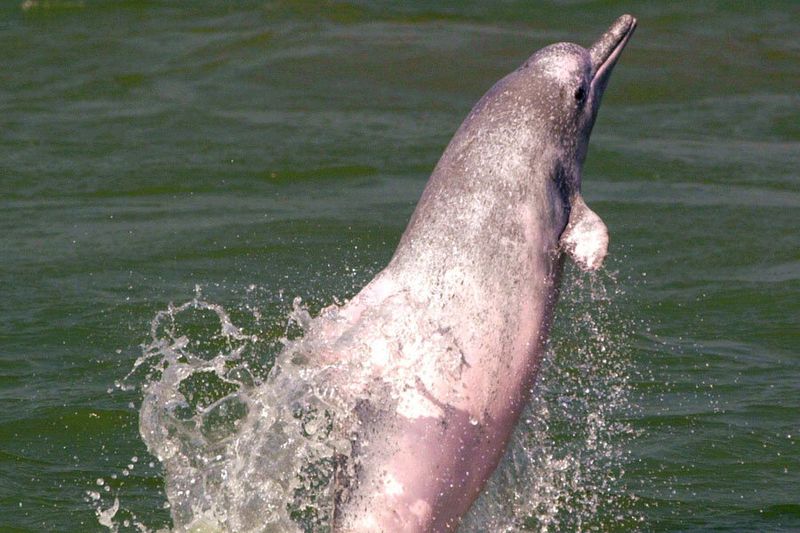
Known as the “Goddess of the Yangtze,” the baiji river dolphin swam China’s mighty Yangtze River for 20 million years. These pale blue-gray dolphins grew to 8 feet long and had tiny eyes, relying instead on echolocation to navigate murky waters.
For centuries, Chinese people considered them harbingers of good fortune and prosperity. Tragically, China’s rapid industrialization proved fatal for these gentle creatures.
Dam construction, pollution, boat collisions, and illegal fishing practices devastated their population. An extensive 2006 expedition failed to find a single dolphin, leading scientists to declare them “functionally extinct.” The baiji holds the unfortunate distinction of being the first dolphin species driven to extinction by humans.
8. Western Black Rhino
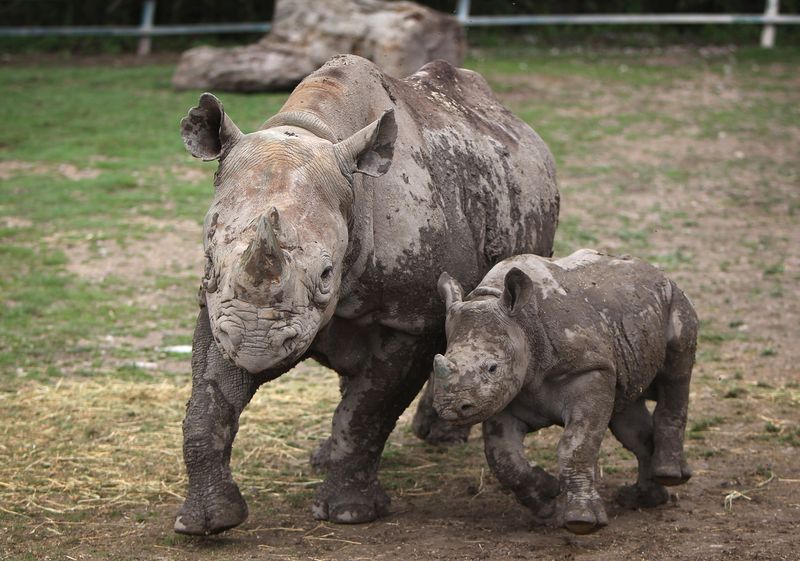
Until recently, these magnificent creatures roamed the savannas of central-west Africa. Western black rhinos were slightly smaller than other rhino subspecies, with distinctive hooked upper lips perfectly adapted for browsing on woody plants.
Poaching delivered the fatal blow to their existence. Their horns, falsely believed to have medicinal properties in traditional Asian medicine, made them prime targets for hunters.
The last confirmed sighting occurred in Cameroon in 2006. After extensive searches failed to find any survivors, the International Union for Conservation of Nature declared them extinct in 2011. Their disappearance serves as a stark reminder of how quickly a species can vanish – the western black rhino went from “endangered” to “extinct” in just a decade.
9. Japanese Sea Lion
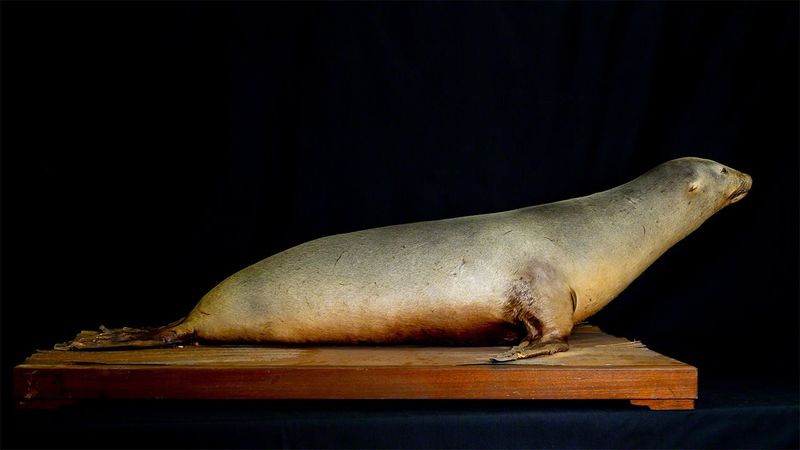
Smaller than most sea lions, these cream-colored marine mammals once flourished along the Japanese archipelago. Males developed distinctive manes as they aged, giving them a regal appearance as they patrolled coastal waters.
Ancient Japanese accounts reveal a complex relationship with these animals. They were hunted for their meat, oil, and organs used in traditional medicine, yet also featured prominently in folklore as creatures of good fortune.
Overhunting during the early 20th century decimated their populations. The last confirmed sighting came in 1974 off the coast of Hokkaido. Despite occasional unconfirmed reports from Korean waters, extensive surveys have failed to find any survivors, and they were officially declared extinct in the 1990s.
10. Aurochs
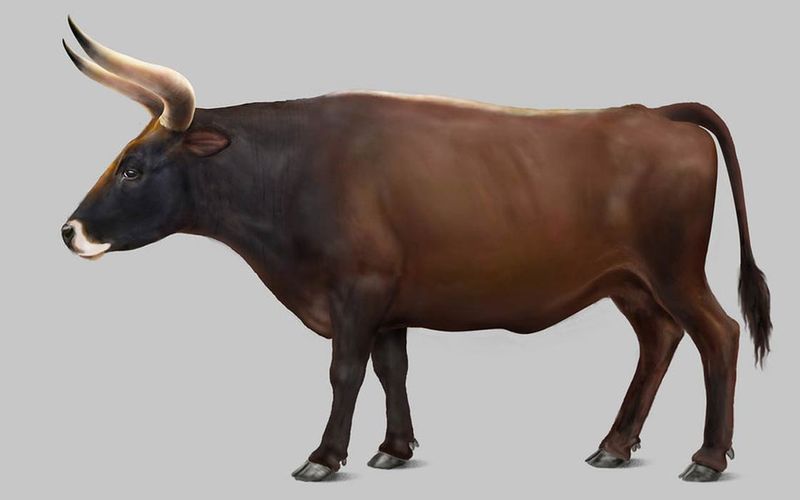
Standing nearly 6 feet tall at the shoulder with formidable horns spanning up to 5 feet, aurochs were the wild giants that gave rise to our domestic cattle. These massive bovines once thundered across vast swaths of Europe, Asia, and North Africa.
Cave paintings at Lascaux, France, created 17,000 years ago, depict these impressive beasts with striking accuracy. Their size and strength made them challenging prey, requiring coordinated hunting parties to bring them down.
As forests were cleared for agriculture and hunting pressure increased, aurochs populations dwindled. The last known aurochs, a female, died in Poland’s Jaktorów Forest in 1627. Modern scientists are now using selective breeding to create cattle that closely resemble these magnificent lost ancestors.
11. Amur Leopard – Critically Endangered Snow Ghost
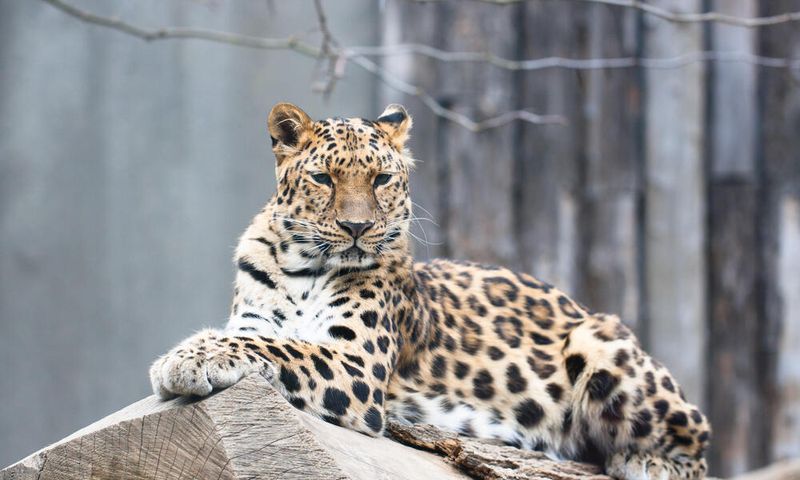
With only about 100 individuals remaining in the wild, Amur leopards are walking a tightrope above extinction. These stunning big cats have adapted to the harsh winters of Russia’s Far East and northern China with thick, pale fur that grows up to 3 inches long.
Their remarkable jumping ability allows them to leap 19 feet horizontally and 10 feet vertically! Unlike other leopards, they’re also skilled climbers, often dragging prey twice their weight into trees for safekeeping.
Poaching for their beautiful spotted coats remains their greatest threat, along with habitat destruction from logging and development. Conservation efforts include anti-poaching patrols, wildlife corridors, and a captive breeding program that has successfully reintroduced some leopards to protected areas.
12. Vaquita Porpoise – The World’s Most Endangered Marine Mammal
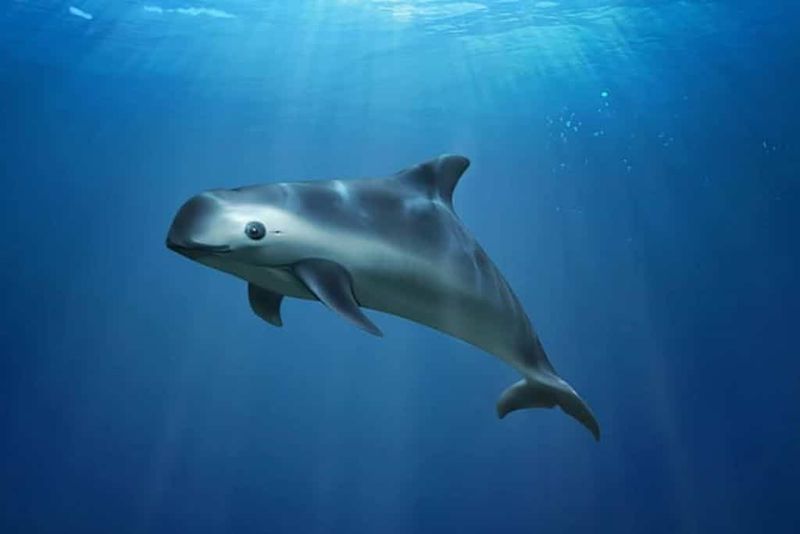
Discovered only in 1958, the vaquita may disappear before most people ever learn it exists. These tiny porpoises – just 5 feet long and weighing 120 pounds – are found exclusively in Mexico’s Gulf of California and now number fewer than 10 individuals.
Vaquitas are instantly recognizable by their dark eye rings and mouth markings that resemble a smiling face. They’re extremely shy, avoiding boats and rarely surfacing where they can be seen.
Their catastrophic decline stems not from direct hunting but from accidental drowning in gillnets set for other species. Despite Mexico establishing a vaquita refuge and banning gillnets in their habitat, illegal fishing continues. Without immediate action, these “little cows of the sea” could vanish within a few years.
13. Sumatran Rhino – Ancient Forest Dweller
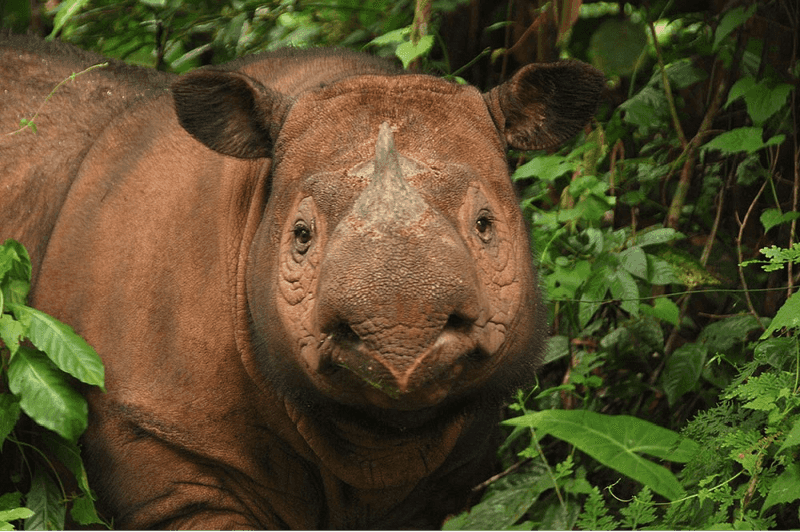
The smallest and hairiest of all rhino species, Sumatran rhinos look like they belong in the Ice Age – and they actually did coexist with woolly mammoths! Fewer than 80 individuals survive today in isolated pockets of Indonesian rainforest.
Unlike other rhinos, they’re covered in reddish-brown hair and have two horns. They’re the closest living relatives to the extinct woolly rhino and are the only Asian rhino species with two horns.
Habitat fragmentation has split the population into groups too small to find mates. Poaching for their horns, used in traditional medicine, has further decimated their numbers. Conservation efforts now focus on breeding programs and reconnecting isolated forest patches to allow these ancient creatures to find each other and reproduce.
14. Saola – The Asian Unicorn
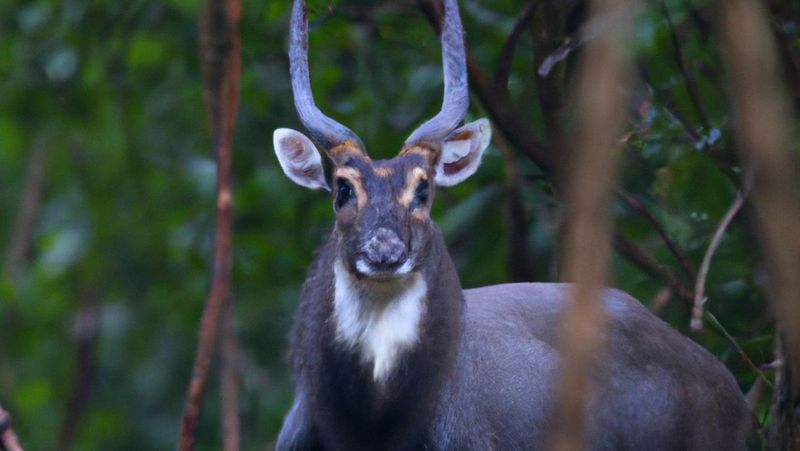
Nicknamed the “Asian unicorn,” the saola wasn’t discovered by scientists until 1992! This elusive forest-dwelling bovine from the Vietnam-Laos border region has parallel horns that can reach 20 inches long and distinctive white facial markings.
So rare that no Western scientist has ever seen one alive in the wild, saolas are known mostly from camera traps and reports from local villagers. Scientists estimate fewer than 100 remain.
Their forest habitat in the Annamite Mountains faces intense pressure from logging, mining, and road construction. Hunting, though not directly targeting saola, catches them in snares set for other animals. Conservation efforts include removing thousands of snares and establishing protected areas, but time is running out for this mysterious creature.
15. Northern White Rhino – Down to the Final Two
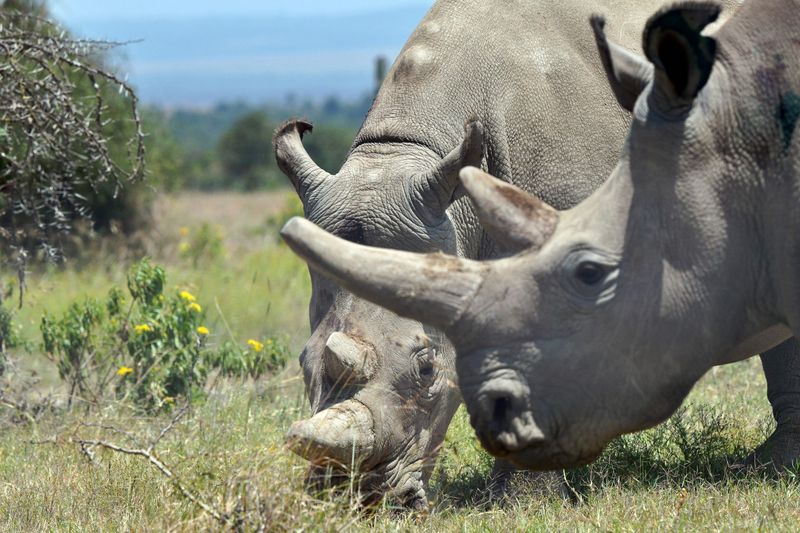
Just two northern white rhinos remain on Earth – both females named Najin and Fatu living under 24-hour armed guard at Kenya’s Ol Pejeta Conservancy. The last male, Sudan, died in 2018, effectively dooming the subspecies to extinction.
These massive creatures once roamed Central Africa in herds, using their square upper lips to graze on grasses. Adults can weigh over 7,000 pounds – as much as three small cars!
Poaching for their horns devastated their populations. Scientists are now attempting to create embryos using stored sperm from deceased males and eggs from the surviving females, hoping to implant them in southern white rhino surrogates. This last-ditch effort represents their only chance of survival.



